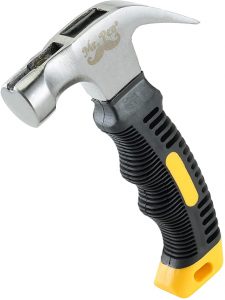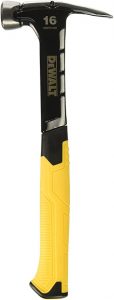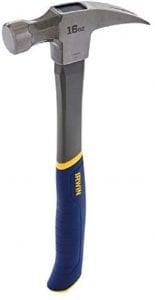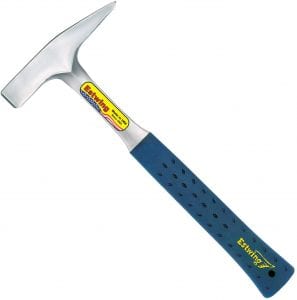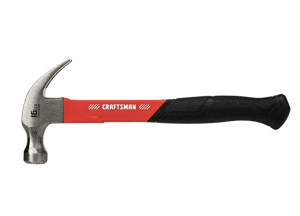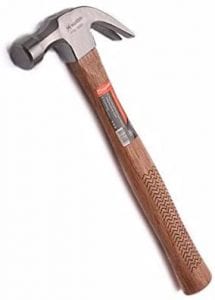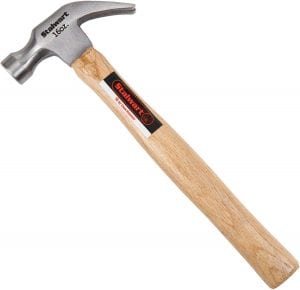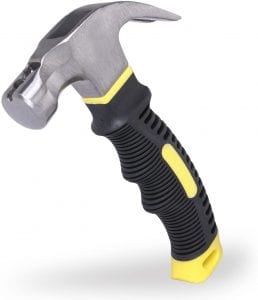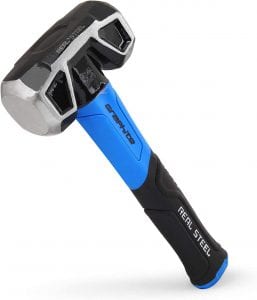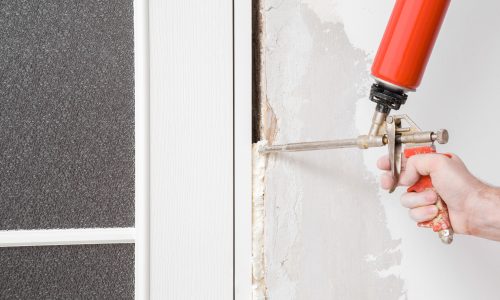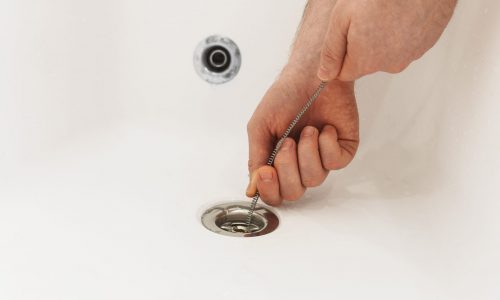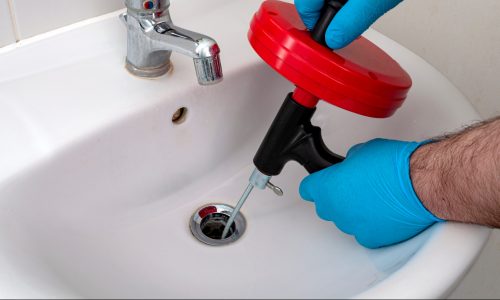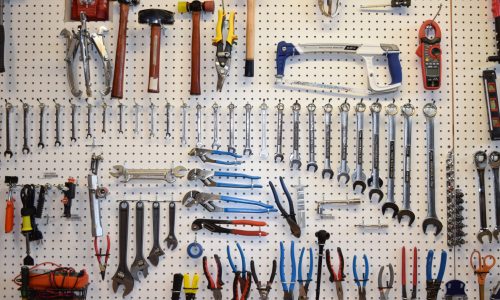The Best Hammer
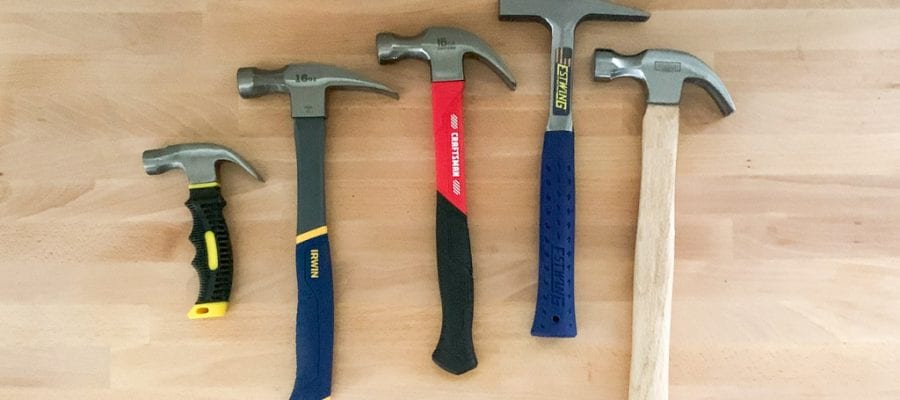
Our Review Process
Don't Waste Your Money is focused on helping you make the best purchasing decision. Our team of experts spends hundreds of hours analyzing, testing, and researching products so you don't have to. Learn more.
Our Picks For The Top Hammers
- 1. Mr. Pen Magnetic Ergonomic Hammer, 8-Ounce
- 2. Dewalt One-Handed Construction Hammer, 16-Ounce
- 3. IRWIN Forged Steel ProTouch Hammer, 16-Ounce
- 4. Estwing Forged Steel Tinner’s Hammer, 18-Ounce
- 5. CRAFTSMAN CMHT51398 Improved Grip Fiberglass Hammer, 16-Ounce
- 6. Edward Tools Contoured Hammer, 16-Ounce
- 7. Stalwart 75-HT3000 Natural Hardwood Claw Hammer, 16-Ounce
- 8. EFFICERE Anti-Vibration Non-Slip Hammer, 8-Ounce
- 9. REAL STEEL 0508 Rubber Grip Sledge Hammer, 3-Pound
If you're searching for a hammer with an ergonomic design and a solid grip, this model is your best bet. In addition to being easy to hold and use, this hammer is outfitted with a magnetic nail starter, nail puller and a handy hanging hole. It's also compact in size, making it perfect for everything from camping to small home projects.
Budget-Friendly OptionYou'll love the affordable price tag on this solid and reliable hammer.
You'll love the weight of this 16-ounce hammer, which has a length of just over 13 inches. It's constructed from a heavy-duty steel that is both strong and reliable. Reviewers report that the hammer doesn't ring when driving nails, which is a welcome feature.
Stands TallThe ergonomic design of this hammer makes it comfortable to hold and swing repeatedly.
The steel head on this hammer is suitable for any household. The grip, though, makes it a dream to use. The fiberglass handle is built to reduce the vibration from impact, and the curved Pro-Touch covering helps prevent slippage.
Vibration-Reducing HandleYou'll feel less impact with this ergonomic handle.
This tinner's hammer is primarily designed for work with sheet metal. As such, it's a bit heavier than traditional "garage" hammers, but still feels light in your hand. The shock-absorbing grip helps anyone wield it with accuracy.
Great for MetalworkA sturdy grip makes this a metalwork staple.
Buying Guide
If you’re buying the right hammer, you should only need to do it once. That’s crucial, because not much gets done around the house without one. Pictures don’t get hung, unwanted nails stay stuck in pieces of wood and almost any carpentry project becomes unworkable.
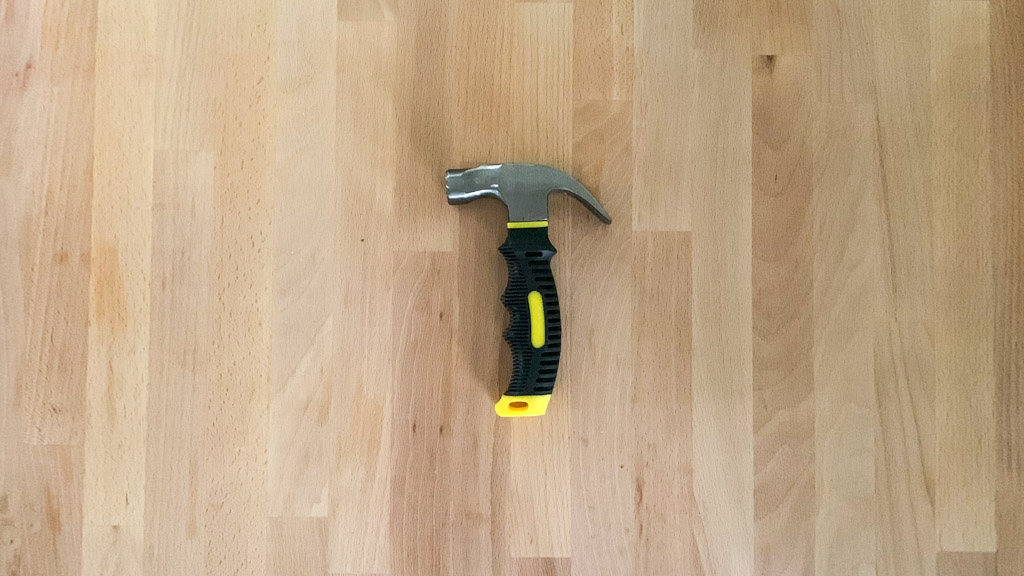
We all know what a standard household hammer looks like, and on the surface, there’s not much to the basic design: A sturdy metal striking face, encased in a wood or fiberglass handle. But there are many variations on this design, and picking the right one for the task is essential.
For hanging those paintings or almost anything to do with standard wood nails, you need a claw hammer. These are the most popular types for use around the house, with a smooth striking face that is flat or slightly convex. Some prefer a waffled pattern on the face, and these are known as framing hammers. The pattern does help the hammer land more solid blows on the nail head, and it’s best suited for heavier work. Claw hammers can range in weight from 10 to 20 ounces, with a sweet spot around 16 ounces for most household jobs. Framing hammers tend to be at least 2 ounces heavier.
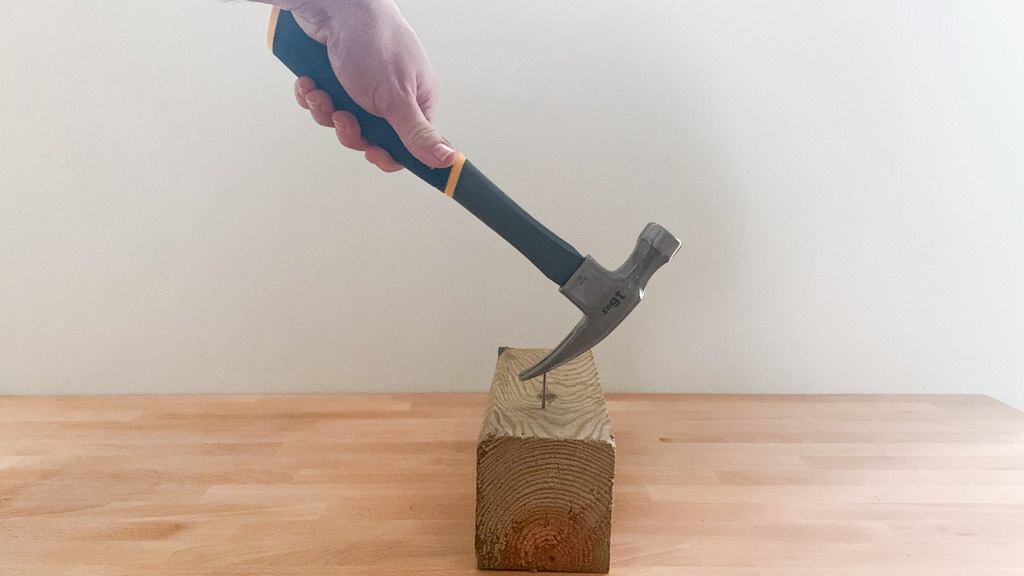
Whether you’re driving nails or pulling them out with the claw, a solid grip is key. Traditional wood handles are fine for light work, and they will help to absorb some of the shock from repeated blows. But for heavier jobs and general longevity, many handymen prefer a steel or fiberglass handle. Rubber grips on this type of handle will help you keep a firm grasp.
Those general rules for handle material apply to most any other kind of hammer as well, such as the ball-peen hammer. This type has the same flat face but is equipped on the other end with a metal ball (called a peen) instead of a claw. This is a metal worker’s tool, used for driving punches or hardening metal, among other jobs. Depending on the use, ball-peen hammers may need to be as light as 4 ounces or as heavy as 32 ounces.
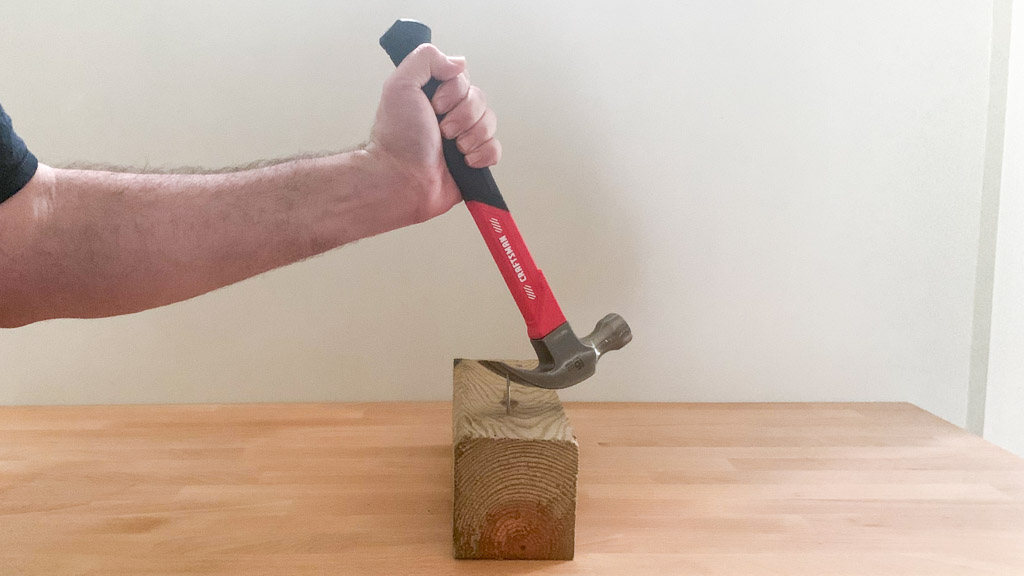
Remember, no matter what type of job you’re taking on, buy for durability first. The first time a hammer handle breaks on you will probably be the last time you buy cheap.
What to Look For
- Most of the wear and tear on a hammer won’t come from striking nails — it’ll come from pulling them. If you’re using a standard hammer (especially one with a wood handle), reconsider using it to pull nails longer than 2 inches. For that, you may want to invest in a prybar or nail puller.
- Another common type of hammer is the sledgehammer or club hammer. The wider face and heavier head on these tools reflect their primary use: Driving stakes, breaking up masonry or generally hitting things that need to be hit hard. You’ll need less of a firm grip with this type of hammer, but you will need a longer handle. The key is to swing wide and let the weight do all the work.
More to Explore
It’s hard to imagine hammers without nails, but crude stone clubs were being used for thousands of years before nails came along. It’s unclear exactly when nails were invented, but the earliest archeological evidence dates to around 3400 B.C. in Egypt. Unlike the constantly shifting design of the hammer, nails haven’t fundamentally changed since those first iron versions.

